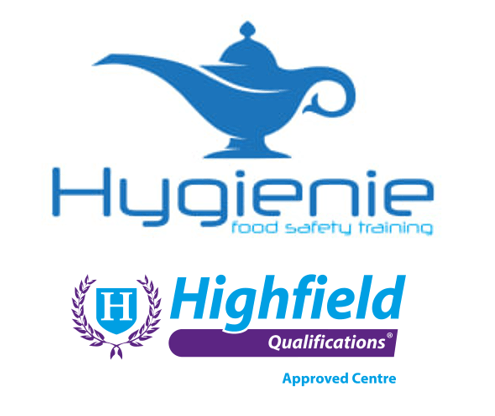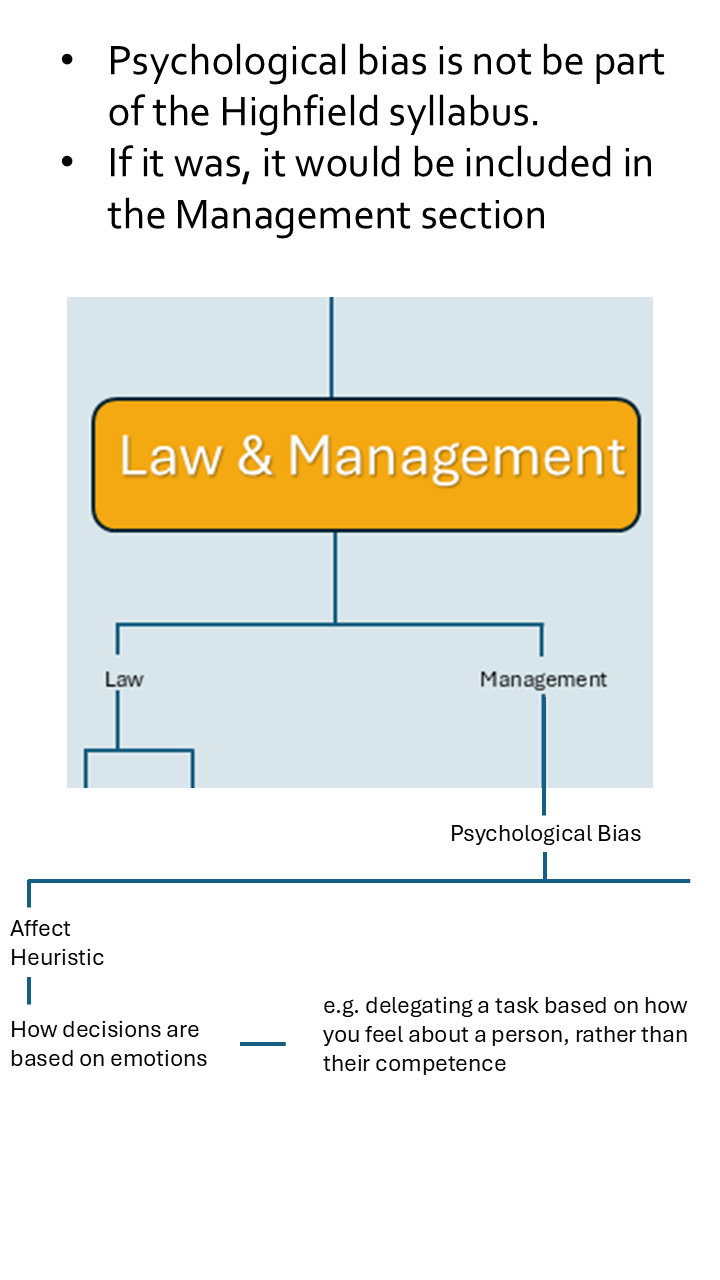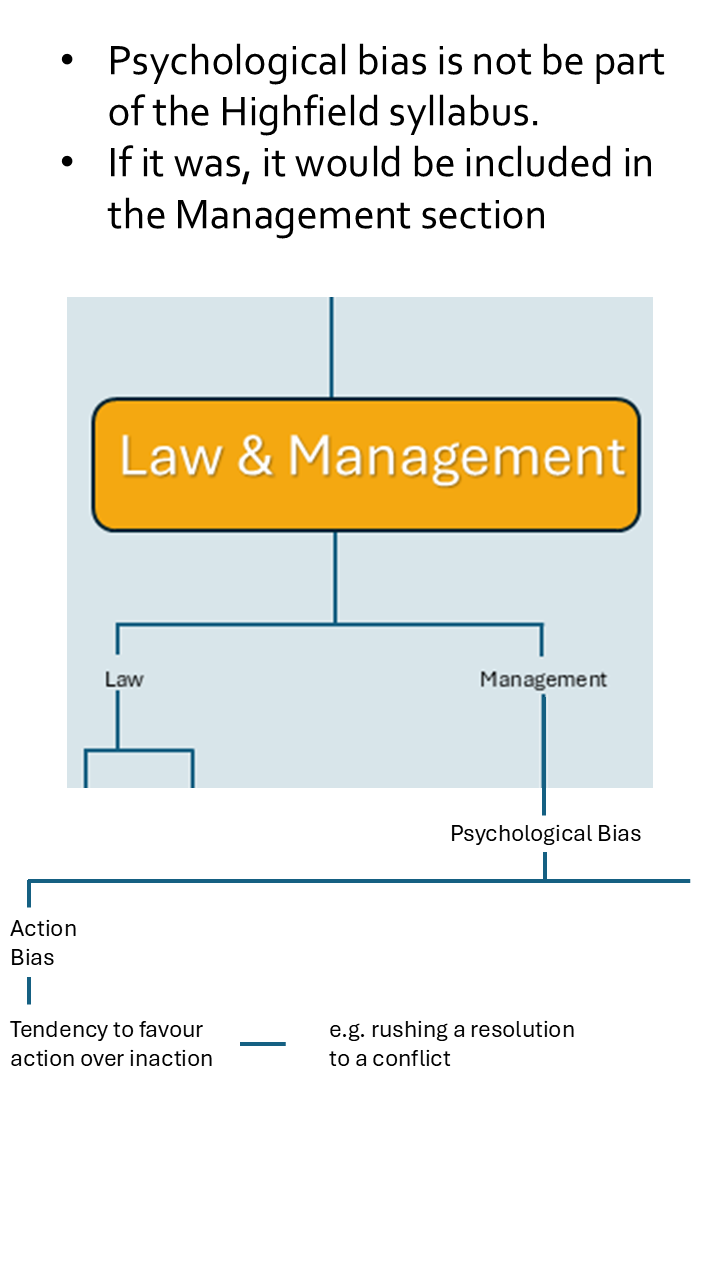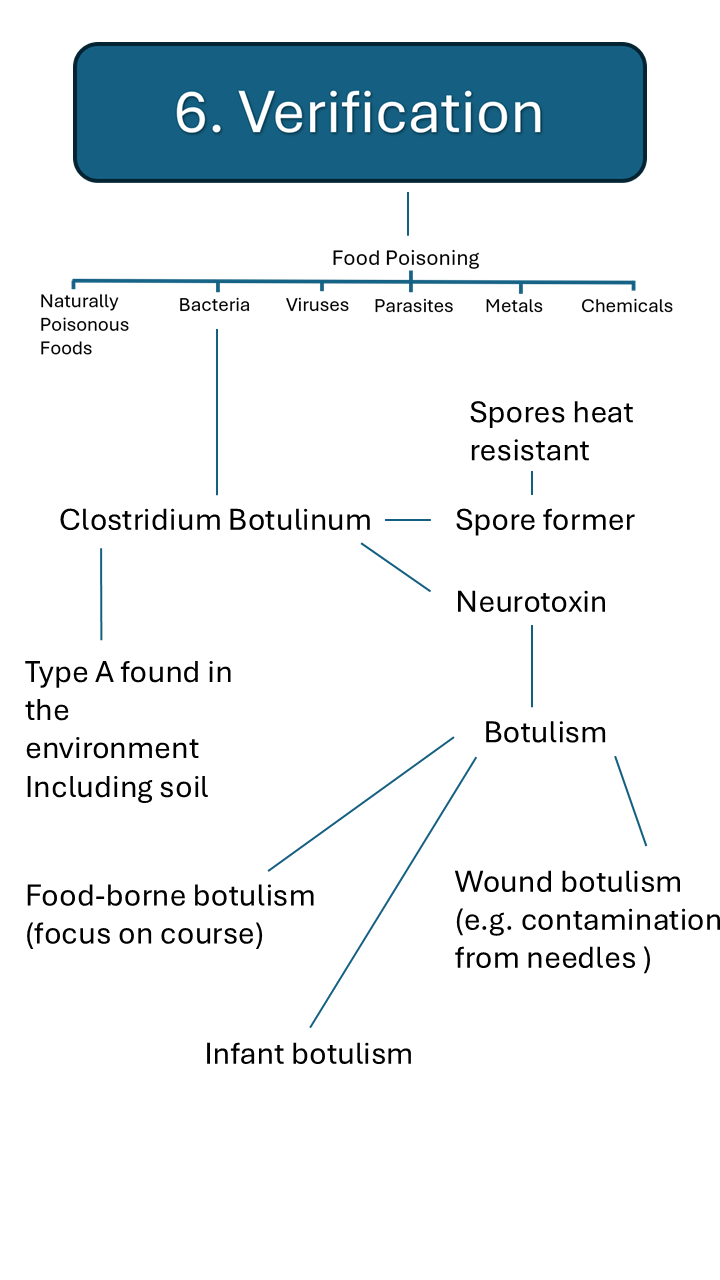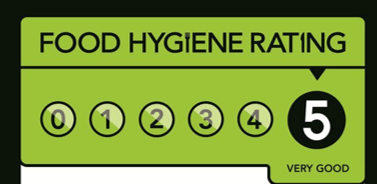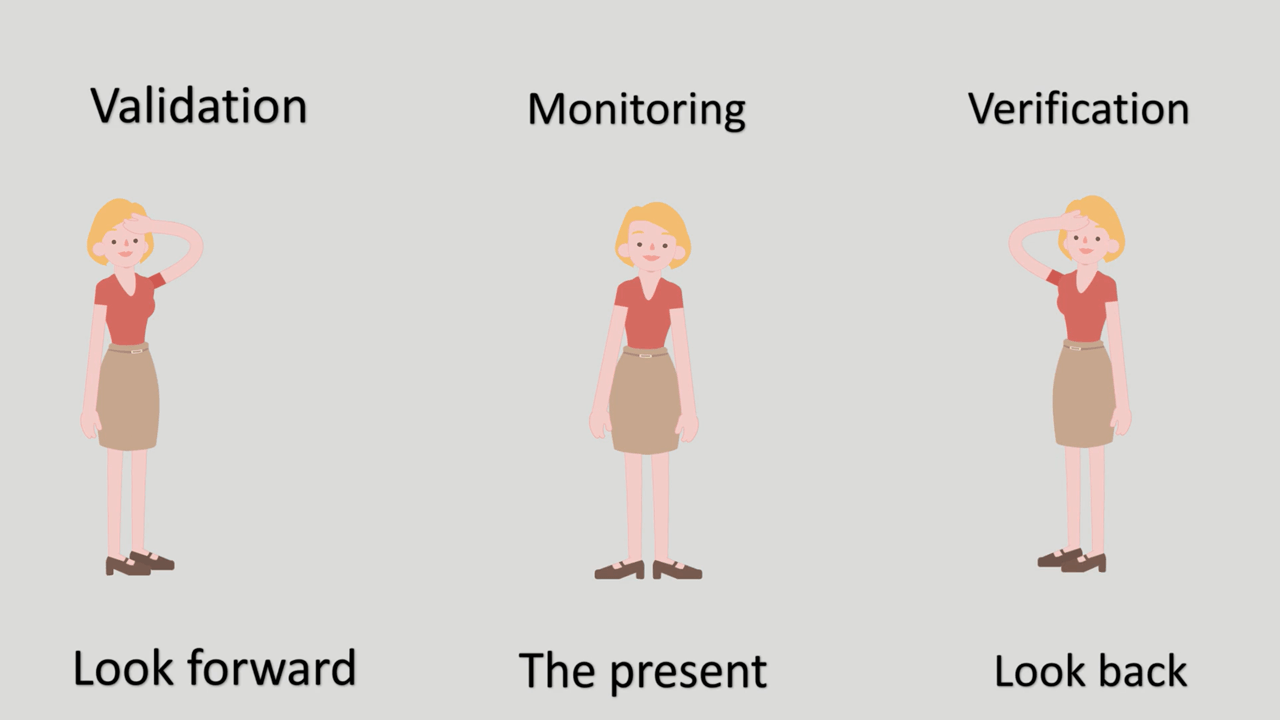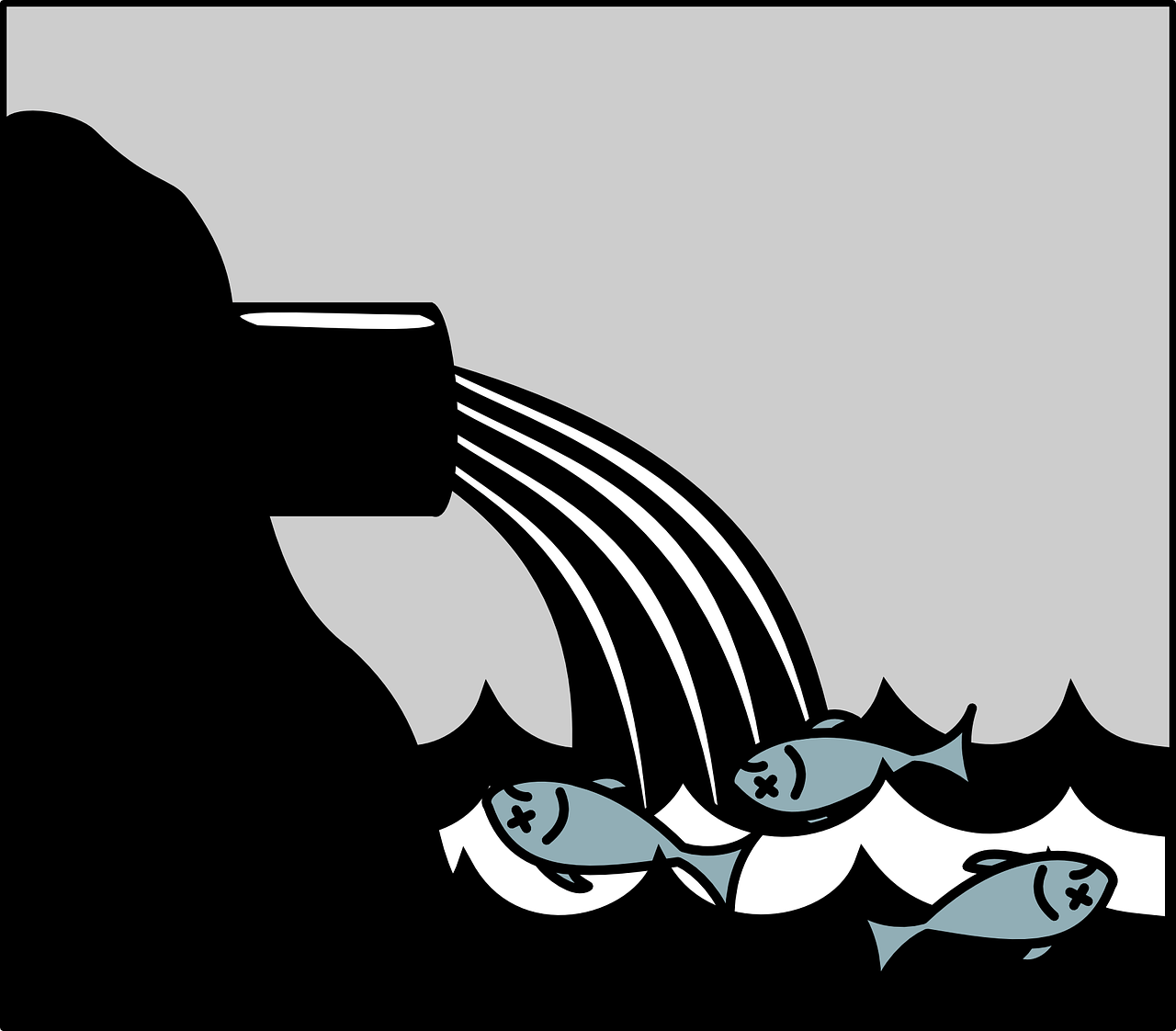The Danger Zone
Is the term Danger Zone misleading?
I've been reading comments by Euan MacAuslan and Richard Sprenger from Highfield regarding the 'Danger Zone' and how the term might be misleading.
To explain (as far I understand):
Danger is the possibility that harm could occur. So, from -2°C to 55°C (Listeria to Bacillus Cereus) harm COULD occur. It would therefore be more accurate to call this range the danger zone.
Risk is the likelihood that harm will occur.
So, between 5°C/8°C to 63°C it's more LIKELY harm will occur. This range should, therefore, technically be called the risk zone.
There’s also an argument the risk zone should be narrowed further to 20°C to 50°C, when most pathogenic bacteria multiply (mesophiles are 20°C to 45°C).
The definition of 'Danger Zone' differs from country to country.
Google tells me USA is 4°C to 60°C.
(Although Google also says it's 8°C to 60°C).
Even in Britain, some sources quote 5°C to 63°C and some 8°C to 63°C.
This validates the criticism a ‘Danger Zone’ isn’t based on science. It's the range of temperatures more likely to result in food poisoning and prosecution.
In my opinion (for what it’s worth), I’m not sure the use (or misuse) of the term really matters.
If the focus is on meeting legal requirements and reduce the risk, isn’t that a good thing? And perhaps ‘Danger Zone’ is the most effective term in achieving this compliance and safety.
The term has been around a long time, and it’s broadly understood by most food handlers. To use different terms might add to the confusion.
Everyone understands the word danger, less so the word risk. ‘Danger’ is an emotive word, evoking feelings of fear, and making it a powerful tool for persuasion.
A sign saying 'Danger, keep out' carries more weight than 'Risk, keep out'.
Personally, I prefer to use the range 8°C to 63°C when describing the danger zone as it ties in with legal requirements. Why complicate things by adding additional temperatures?
That said, for in-house courses I can’t see the issue with changing the parameters to suit specific policies. We are clearly emphasising what needs to be done to provide safe food and comply with policy/law.
Perhaps it’s only misleading from an academic stance and not a practical one. Or maybe, because my background is practical and not academic, I’m being influenced by my own experience bias.
Certainly, for my Level Four Food Safety delegates, I think this is an interesting point to consider. The picture illustrates how it fits into the overall structure of my courses, and for those revising right now, this is a useful reminder of temperature ranges for Listeria and Bacillus Cereus.

